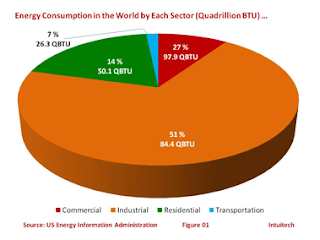C3 Model
1) Compassion for all people and the willingness to reach beyond simply providing symptomatic relief and to look for and deal effectively with the cause of illness through a diagnostic appreciation of the SDOH and how they effect this person.
2) Community and working collectively for the greater good and on behalf of each of our clients. Sharing our resources, collaborating to maximize our resources, communicating to sharing our knowledge and experience, working under a model that makes sense.
3) In order to do this effectively and efficiently and to maximize the outcomes we need Code which can integrate the data from all these social agencies into an integral model of health and be used for effective social policy development which respects the SDOH.
It is my view that with the proper use of information technology to share information between agencies involved in the provision of services related to the social determinants of health we can drastically improve healthcare services throughout the world, without massive reorganization or relocation of services. Through united communities working in a collaborative manner through data exchange standards and protocols, we can significantly assist disadvantaged people through more targeted and timely care. Through having access to critical information when it is needed, we can save lives, improve living conditions and help more people become integrated parts of a healthy community.
So what does this have to do with community? Community social services providers are primarily concerned with the provision of social determinants. Housing, shelter, food, counselling, socialization, education, care for people with disabilities, child welfare, etc., all fall under the rubric of social services. After the physicians have stopped the bleeding and put on the band aid, it is community which takes up the care, or in many cases does not and leaves it up to the individual.

Comments